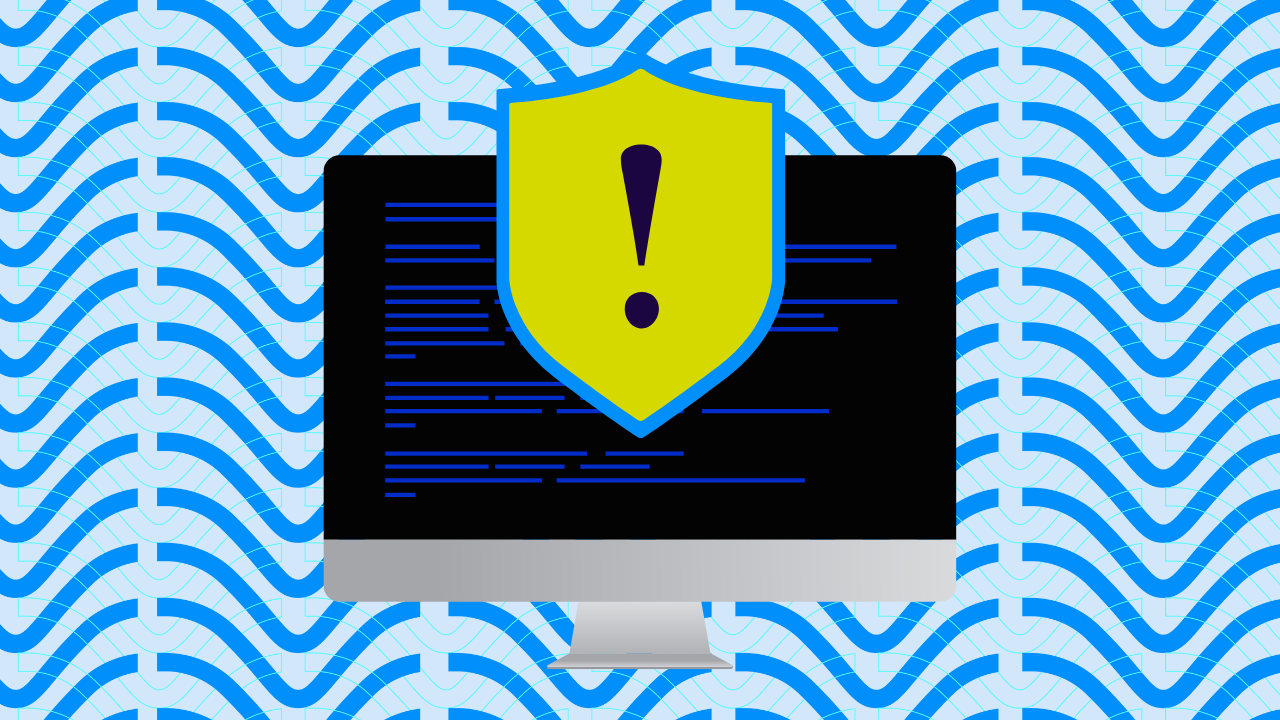Tailgating attacks are when unauthorized individuals gain access to restricted areas or systems through deception and manipulation. While technology and security measures make tailgating more difficult, the human element often poses the greatest vulnerability to businesses.
Whether it’s following someone closely through a secured entryway or piggybacking on a network authentication process, the essence of tailgating is the same: bypassing security measures by taking advantage of a legitimate user’s access. This subtle (yet dangerously effective) method of attack threatens organizations and individuals alike—making understanding and preventing it mission-critical for everyone.
Tailgating attacks aren’t just challenges for security professionals. They affect everyone’s security. From the employee holding the door open for a stranger to the network administrator managing user access, understanding the risks and measures to prevent tailgating is a collective responsibility.
This article will walk you through real-life examples and preventive strategies to help you recognize and deter tailgating attacks from threatening your business, employees, and customers.
What is a tailgating attack?
Tailgating attacks (also known as piggybacking attacks) exploit one of the most basic human social behaviors: courtesy or the reluctance to challenge others. Humans want to believe the best in others, and it’s not easy to expect the worst from presumed colleagues.
Tailgaters often exploit basic social norms, such as politeness or the reluctance to question others’ presence. Holding the door for someone or not questioning a person tailing closely behind in an office corridor are typical examples of social courtesies that can lead to security breaches.
Attackers may also use social engineering skills to manipulate people into granting them access. This could involve impersonating an employee, vendor, or visitor in distress—all designed to reduce suspicion and gain trust.
The danger of tailgating attacks lies in their stealth and simplicity. They don’t require sophisticated hacking skills or complex equipment. Instead, they rely on the element of surprise and the exploitation of everyday human interactions and behaviors, making them challenging to detect and prevent with conventional security measures alone.
While it’s often visualized through physical security breaches, it’s becoming increasingly prevalent in the digital realm.
Tailgating can occur when an unauthorized user gains access to protected digital resources by piggybacking on another user’s legitimate login credentials. This could happen, for example, if an attacker exploits a session that hasn’t been properly logged out or uses social engineering tactics to obtain login information indirectly from an authorized user.
Common examples of tailgating attacks
Understanding the nature of tailgating attacks is the first step in fortifying defenses against them. Let’s take a look at some real-world examples to learn how cybercriminals tend to use these attacks.
Physical tailgating attacks
- Corporate espionage incident: In a notable corporate espionage case, an attacker tailgated an employee into a company’s R&D lab. By appearing as a delivery person and waiting for an employee to open a secure door, the attacker gained access to confidential prototypes, leading to significant intellectual property theft.
- Hospital security breach: A hospital faced a security breach when an unauthorized individual followed a staff member into a restricted area. The intruder accessed sensitive patient records, resulting in a serious data privacy violation and legal repercussions for the hospital.
Digital tailgating attacks
- Network access exploitation: A financial institution experienced a digital tailgating attack when an attacker obtained network access credentials by piggybacking on an authorized user’s login session. The attacker managed to transfer funds illicitly.
- Unauthorized system access: In a software company, an employee’s credentials were compromised through a phishing attack. The attacker used these credentials to access the company’s development servers, leading to the leakage of proprietary code and software vulnerabilities.
How to prevent digital tailgating attacks
Preventing tailgating attacks requires technological solutions, employee training, and policy enforcement. Here’s an approach to safeguard against these types of security breaches:
1. Email authentication
DMARC (Domain-based Message Authentication, Reporting, and Conformance) prevents attackers from spoofing your organization’s email domain. It ensures only legitimate emails are delivered to recipients, reducing the risk of someone impersonating your organization in phishing attacks (a common precursor to tailgating).
DMARC also helps build trust with your email recipients by verifying that the emails they receive are genuinely from your organization. This reduces the chances of attackers tricking employees or customers into granting them unauthorized access or information.
2. Sender recognition
BIMI (Brand Indicators for Message Identification) allows organizations to display their brand logo in supported email clients. This visual indicator helps recipients quickly and easily identify authentic emails from your organization.
You’ll need DMARC before you can use BIMI, and the two make a powerhouse team to further reduce the likelihood of successful impersonation attempts.
3. Network security
Use multi-factor authentication (MFA) and robust password policies for digital security. Ensure that network access is strictly controlled and monitored.
MFA adds an extra layer of security by requiring users to provide two or more verification factors to gain access to a network, system, or application. This could include something the user knows (a password), something the user has (a security token), and something the user is (biometric verification).
Implement policies that require strong, complex passwords. Guidelines should include a minimum length and the use of upper- and lowercase letters, numbers, and special characters. Mandate regular password changes (while avoiding reusing old passwords) to limit the window of opportunity for attackers to use compromised credentials.
4. Employee training
Conduct regular training to educate employees about the risks of tailgating. Training should emphasize the importance of not holding doors open for strangers and never sharing access credentials.
Use posters, email reminders, and workshops to keep security at the forefront of employees’ minds. Regular reminders can help maintain a high level of vigilance.
5. Strict policies
Establish clear security policies that address tailgating. Make sure these policies are well-communicated to all employees and enforced consistently.
These should include stringent email best practices, such as verifying sender authenticity, being cautious with email attachments and links, and using secure methods for sharing sensitive information. Make it easy for employees to report suspicious behaviors through email, text, and messaging channels.
6. Culture of security
An important aspect of thwarting tailgating attacks lies in fostering a culture where security is everyone’s responsibility, not just a function of the security department. This involves creating an environment that encourages and facilitates the reporting of security breaches or suspicious activities.
Every employee should be part of your organization’s security framework, contributing to keeping the business (and their jobs) safe.
FAQs about tailgating attacks
How can I identify a tailgating attack in progress?
In physical settings, watch for unknown individuals entering secure areas without proper credentials or following closely behind authorized personnel. Digitally, look out for unusual account activities that suggest someone has gained unauthorized access, like unexpected login locations.
What are the consequences of a tailgating attack?
The consequences can include theft of sensitive information, data breaches, unauthorized access to secure systems, financial losses, and damage to an organization’s reputation.
Can technology alone prevent tailgating attacks?
While technology like access control systems and network security tools are important, they should be complemented with employee training and awareness. Tailgating often exploits human behavior, so a combined approach is most effective.
How do tailgating attacks relate to social engineering?
Tailgating attacks often involve social engineering tactics, where attackers manipulate individuals into bypassing security protocols, such as convincing someone to hold a door open or share sensitive information that grants them access.
Is tailgating a concern for remote or virtual workplaces?
Yes, it’s still a concern. In virtual environments, tailgating can refer to unauthorized access to digital systems. It’s a concern for remote workplaces as attackers may use tactics like phishing to gain access to network credentials.
Start preventing digital tailgating with Valimail
Tailgating attacks significantly threaten physical and digital security, exploiting vulnerabilities in human behavior and access control systems. Fortunately, we have the tools and know-how to add an important layer of security to your digital channels.
Valimail Monitor provides a robust solution to help you start your journey to DMARC enforcement, providing visibility and control over your email domain. It eliminates the need for ongoing manual analysis of complex DMARC reports, and it helps you get a holistic view of third-party emailing services and senders using your domains and subdomains.
Plus, it’s free.
Ready to prevent digital tailgating attacks? Start your journey to robust DMARC enforcement today by signing up for Valimail Monitor.


